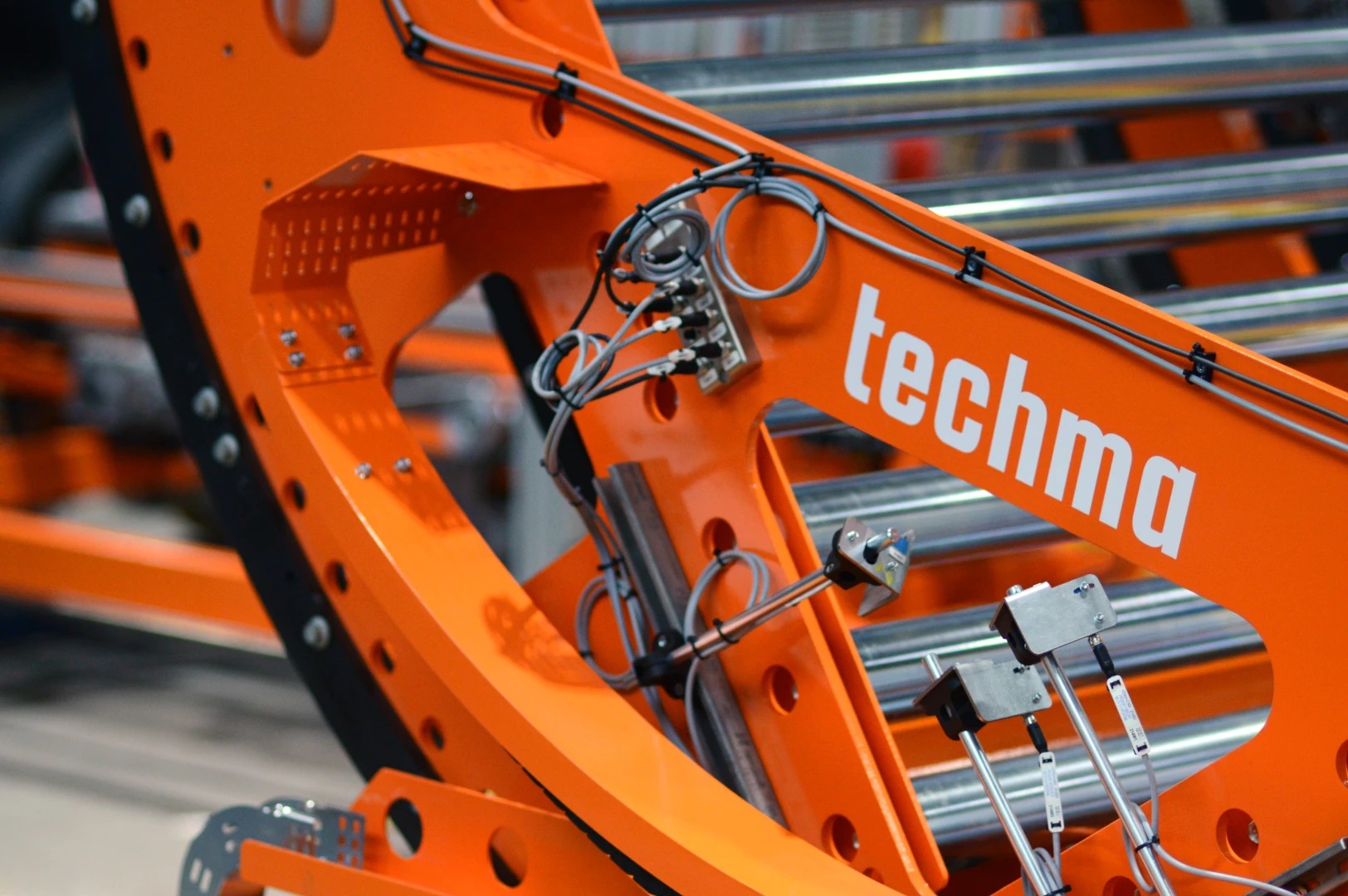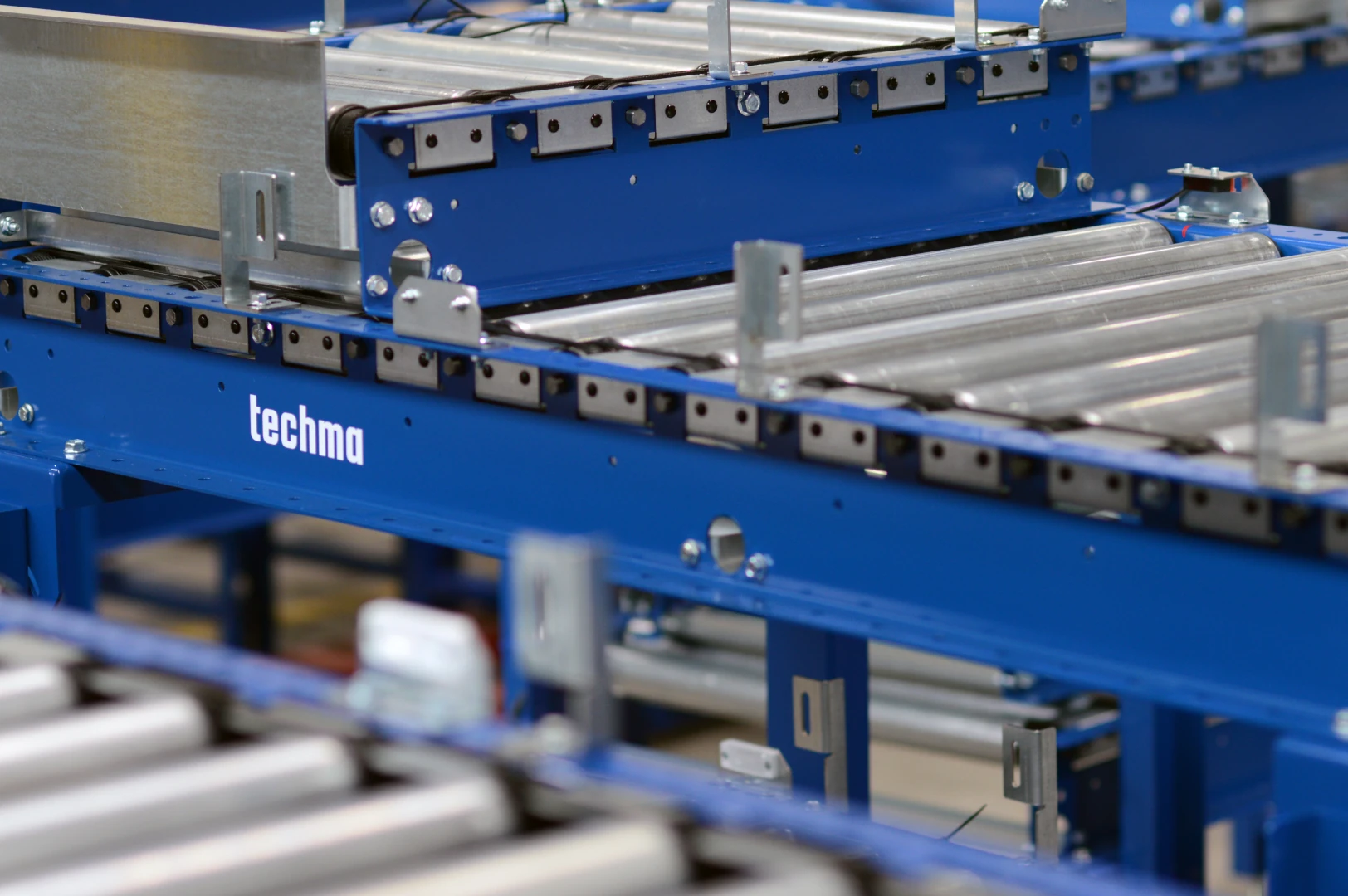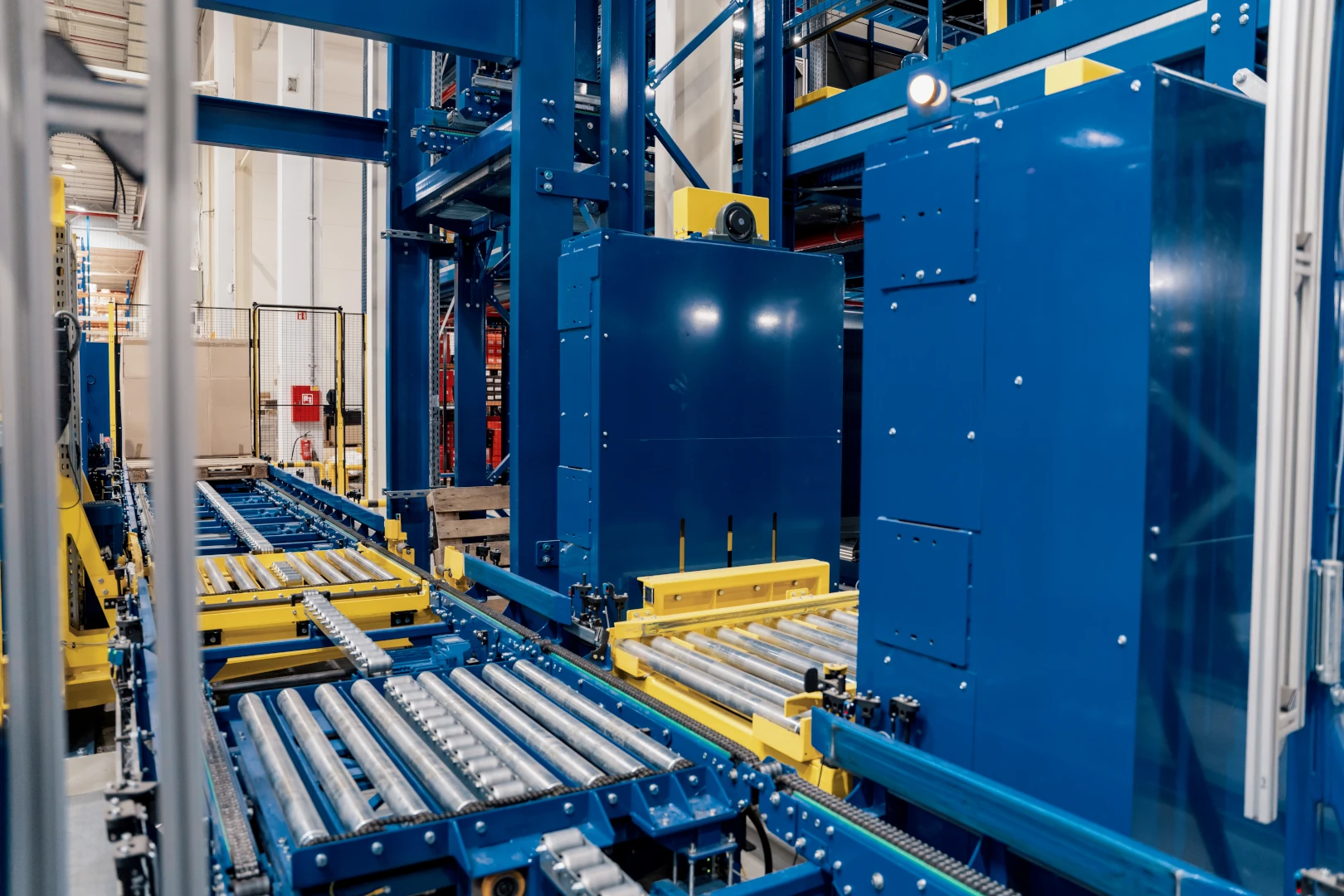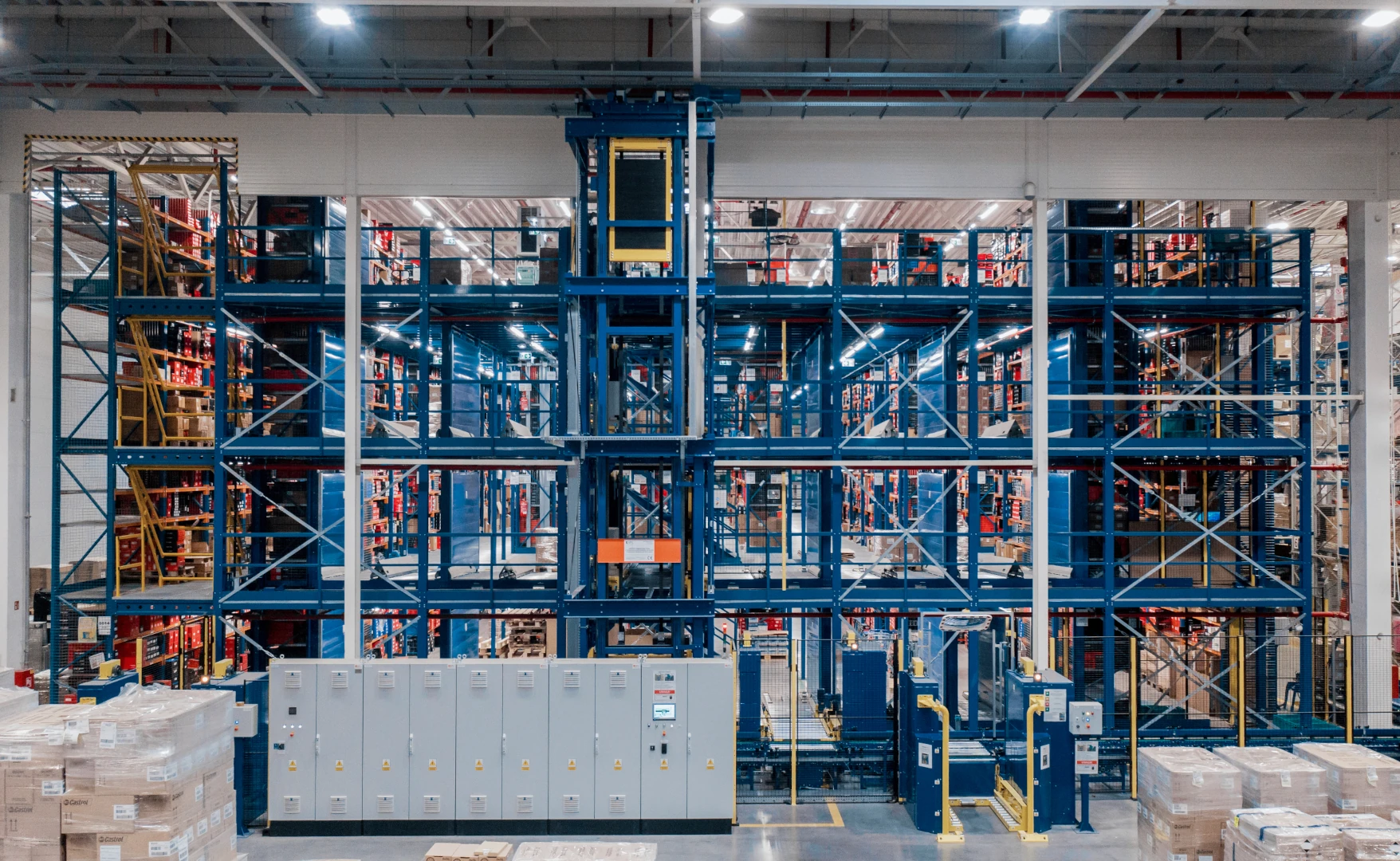Product placement in the warehouse - how to maintain order in internal logistics

Rules for storing goods in the warehouse: the importance of location
Are your products heavy? Large? Perishable? Every item has its own characteristics that determine where it should be stored in the warehouse. Pay attention to the physical properties of your products - their dimensions and weight.
Heavy items should be placed on the lower levels of shelving - for warehouse safety and operator convenience. Fragile goods or those sensitive to temperature changes must be stored in designated zones with appropriate conditions. Consider whether your warehouse contains chemicals - these are subject to specific regulations and cannot be stored near food or cosmetics.
System matters: methods for placing goods in the warehouse
Imagine a warehouse without any IT system - where product locations are written on paper. Finding the right item becomes a game of hide and seek. Unfortunately, this is still the reality in many warehouses that haven’t implemented a WMS (Warehouse Management System).
A modern warehouse is built on a clearly defined space - every shelf, aisle, and rack has a unique location code. This allows the operator to know exactly where to go, and the system automatically assigns storage locations according to predefined rules.
In smaller facilities, you can still use the “fixed location” principle - assigning a specific shelf to a specific item, which simplifies the storage process. But with higher turnover, a dynamic model works better - the “free space” method, where goods are stored wherever there is currently room. That’s why a WMS is a smart and strategic solution that supports internal logistics.
ABC method - organizing according to a scheme
Some products leave the warehouse every day, others remain untouched for months. That’s why it’s worth knowing the ABC method.
Group A products are the “sales gold” - most frequently picked, most expensive, or generating the highest profit. They should be located closest to the loading dock. Group B includes medium-rotation goods - these can be stored a bit farther away. And Group C? Less frequently moved, lower value but often bulky - ideal for the farthest parts of the warehouse.
FIFO and LIFO - criteria for product placement in the warehouse
Do your products have expiration dates? If so, storing them without a plan is not a good idea. This is where FIFO - First In, First Out - comes into play, meaning the first items received should be the first to leave the warehouse. This method is ideal for food, pharmaceuticals, and cosmetics.
In some industries (e.g., industrial goods), the LIFO - Last In, First Out - method may be appropriate, meaning the last items received are the first to be shipped out. The choice of strategy depends on the type of products, as well as how they are picked.
People, equipment, and routes - optimization in motion
Modern warehouses analyze heat maps - tracking where employees move and which locations are visited most often. This allows for redesigning rack layouts, reducing the number of aisles, minimizing errors, and shortening picking times.
And what about automation? If your warehouse is automated - with stacker cranes, conveyors, lifts, and robots - product placement is adjusted to the capabilities of the equipment. Automation is a valuable asset for maximizing space - both vertically and horizontally - eliminating “dead zones.” Stacker cranes move goods quickly between levels, and lift systems can serve dozens of locations on a single track. Meanwhile, conveyors and robots boost efficiency and reduce the time and distance covered by workers.
Warehouse automation reduces errors, improves inventory control, and speeds up order picking. Importantly, these systems can be integrated with WMS, allowing real-time location assignment based on turnover, order priority, or current workload.
Case study - automated tire warehouse
One of MPL Techma’s projects was an automated high-bay warehouse for raw tires for a client in the tire industry. The project involved not only efficient load placement but also full automation of logistics processes and integration with the plant’s existing infrastructure.
The system includes four independent stacker cranes servicing separate storage zones, which allows for maintenance without shutting down the entire installation. Tires are stored on special carriers in a single-deep layout, providing full control over location and rotation. A robotic loading station was also implemented - it identifies the tire, adjusts its orientation, and directs it to the appropriate processing slot.
As part of further development, we implemented an internal transport system using AGV trolleys. The entire warehouse also serves as a buffer and tire pairing system. Thanks to system redundancy, integration with the production management system, and an open control architecture, the client gained an efficient, safe, and user-friendly warehouse capable of handling up to 3,200 tires per hour.
A well-designed warehouse = peace of mind
Effective warehouse management in intralogistics starts with a solid product placement plan. ABC analysis, product rotation, demand, and picking frequency all matter. With a WMS and the right software, you can quickly identify the best storage locations and streamline order picking. This makes the entire goods placement process more transparent, and the warehouse runs more smoothly.
And finally, the key question: how do you design warehouse space so it supports - not hinders - daily operations? You need data: product dimensions, weight, turnover, seasonality, picking method, and even the location of pillars, installations, doors, and ceilings matter. A good solution is also the use of digital twin technology. Only then can you create a racking layout that supports storage processes.
It’s worth considering automation - stacker cranes, warehouse lifts, and internal transport systems offered by MPL Techma. You’ll reduce errors, increase efficiency, and make use of every square meter of space. Let your warehouse become more organized, safer, and a real driver of your company’s success!






